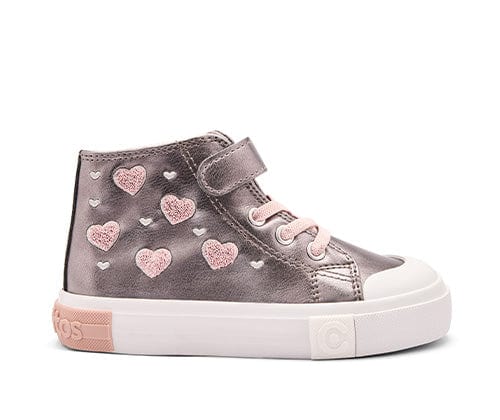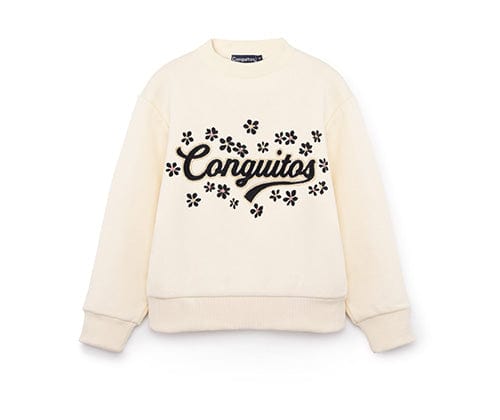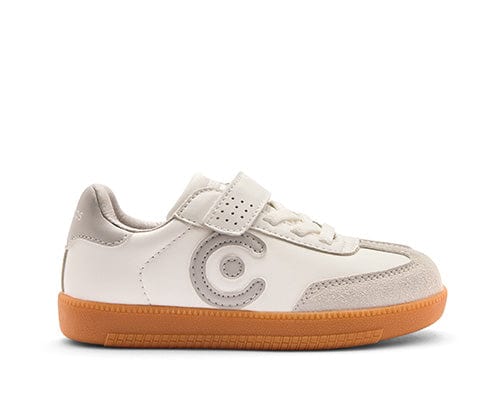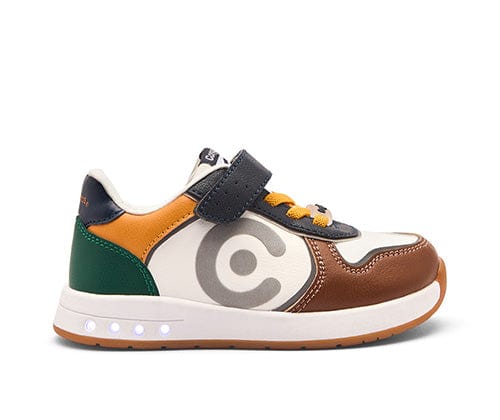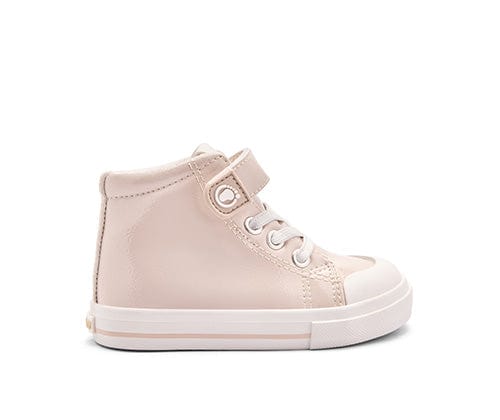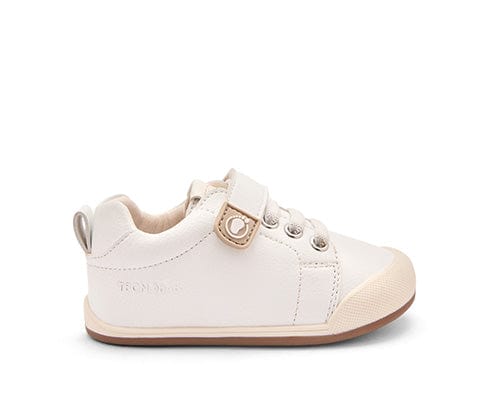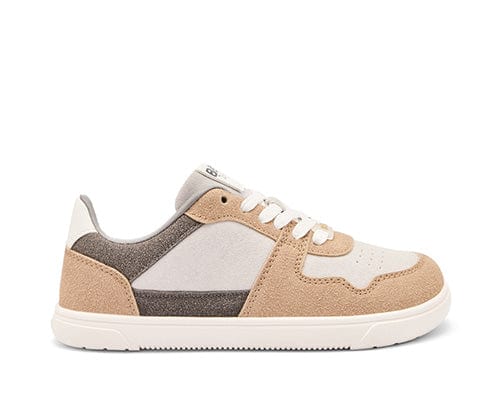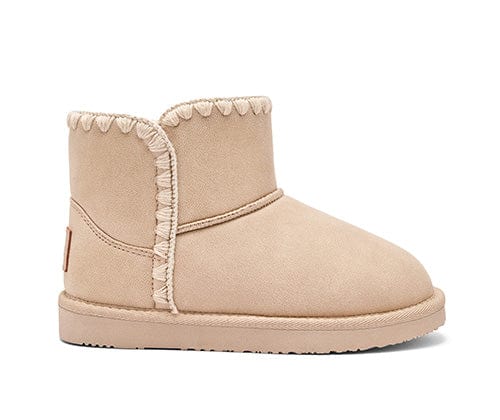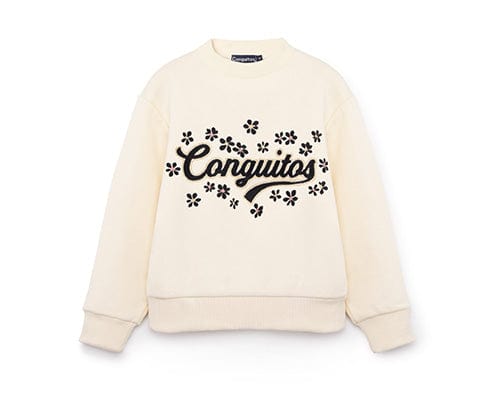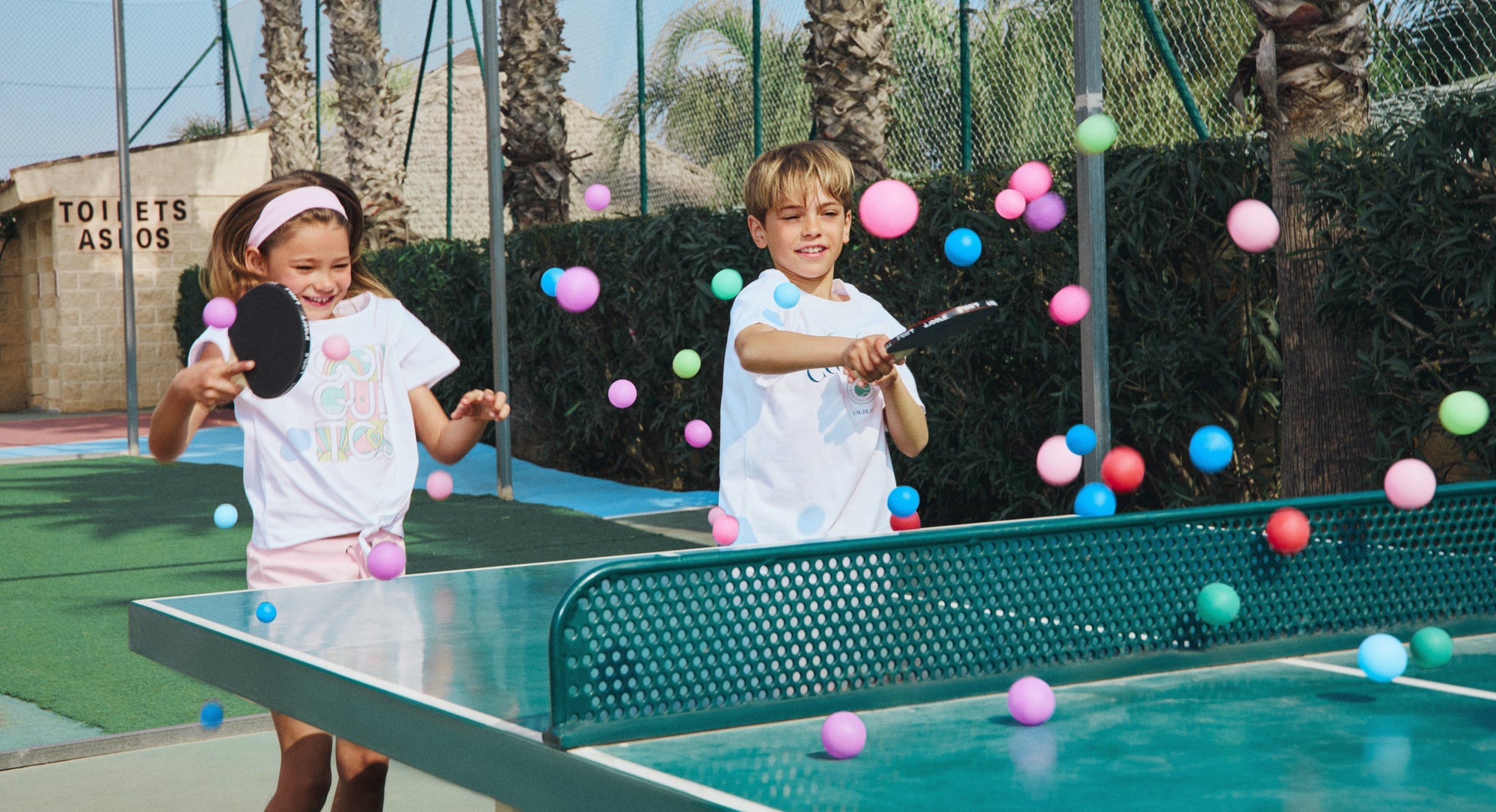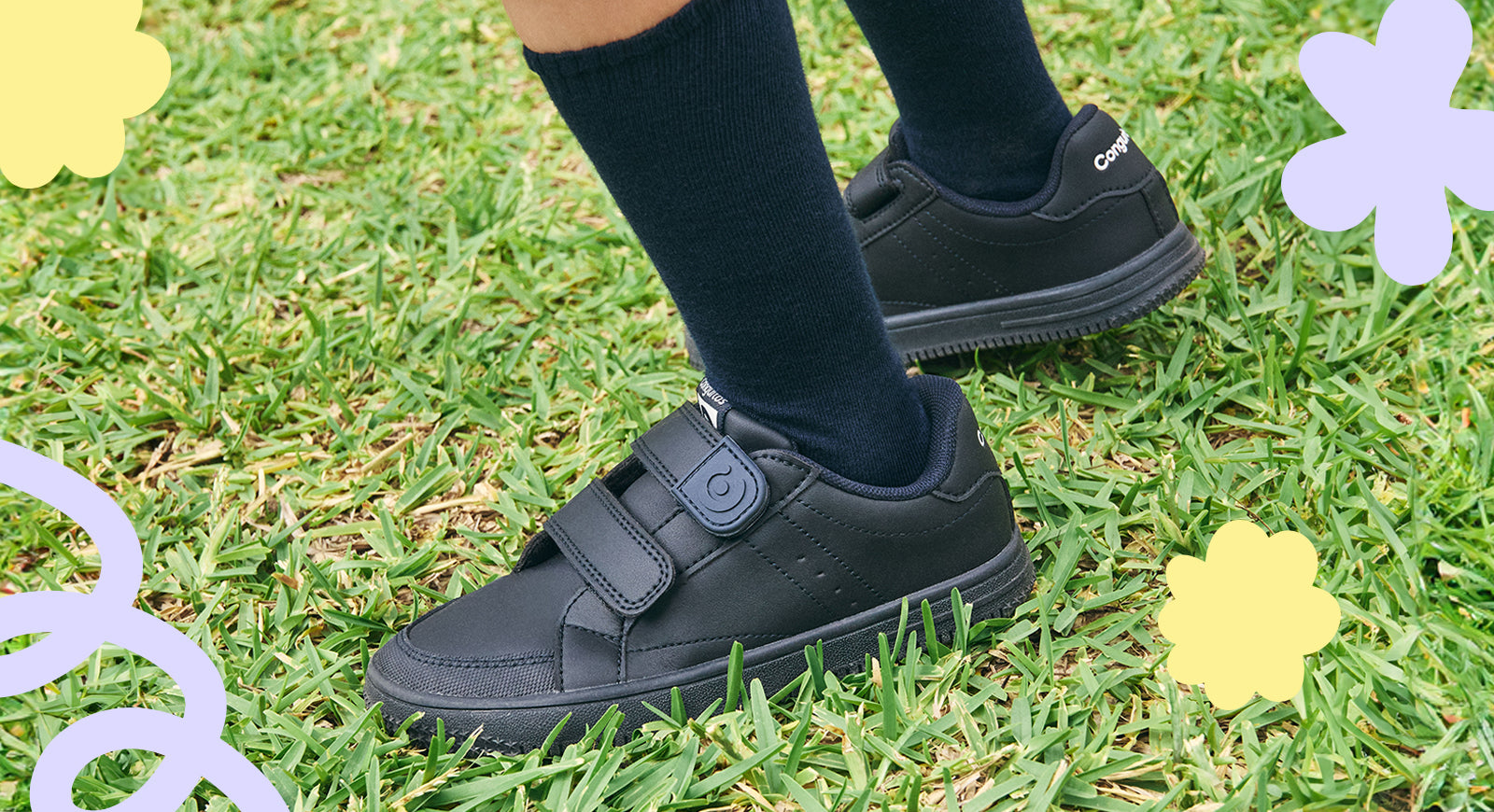Getting new shoes can be an exciting experience for little ones, but it can also bring some discomfort, such as the appearance of blisters. This problem is more common than it seems and is usually due to friction between the shoe and the child's skin. In this article, we explain how to prevent blisters on feet when wearing new shoes and what type of children's footwear is most suitable to ensure comfort from the first use.
Why Do New Shoes Cause Blisters?
Blisters mainly appear due to constant rubbing between the skin of the foot and the inside of the shoe. When new footwear is worn for the first time, it hasn't yet fully adapted to the shape of the foot, increasing the possibility of chafing.
Among the most common causes of blisters in children are:
- Poorly placed internal seams that create friction points.
- Rigid or non-breathable materials that prevent proper ventilation.
- Inappropriate sizes, either too tight or too loose footwear.
- Prolonged use without prior adaptation, especially in more structured shoes.
How to Prevent Blisters from New Shoes: Practical Tips
To prevent new shoes from causing blisters on your child's feet, follow these key recommendations. They are simple but very effective tips to ensure a comfortable and healthy stride.
1. Choose Shoes with Soft and Breathable Materials
One of the most important factors to avoid blisters is the material of children's footwear. Opt for shoes made with natural leather, technical fabrics, or soft materials that allow air circulation and adapt to the foot without rigidity.
2. Pay Attention to Internal Seams
Before your little one wears their new shoes, check the inside. Make sure there are no thick or poorly positioned seams in sensitive areas like the heel or sides of the foot, where friction can be more intense.
3. Introduce Footwear Gradually
The "adaptation period" is fundamental. During the first days, let the child use the new shoes at home for short periods. This way, the material will mold, and the foot can get used to the footwear without suffering chafing.
4. Use Appropriate Socks to Avoid Friction
Not all socks are the same. To prevent blisters, use socks without thick seams, preferably made of cotton or technical fabrics that absorb moisture and reduce friction with the shoe.
5. Protect Sensitive Areas of the Foot
During the first uses of the new footwear, you can apply a small amount of petroleum jelly or moisturizer on areas prone to blisters, such as the heels or toes. This layer acts as a protective barrier between the skin and the shoe.
Comfortable Children's Footwear from the First Step
At Conguitos, we design our children's footwear so that each pair of shoes is comfortable from the first use. We pay close attention to the choice of materials, interior design, and finishes to prevent chafing and blisters.
Our collection offers models that combine softness, flexibility, and breathability, respecting the natural movement of the foot and allowing proper adaptation. Because we know that when feet are comfortable, every step is a safe and fun adventure.
Want to Know More?
You might also be interested in:

